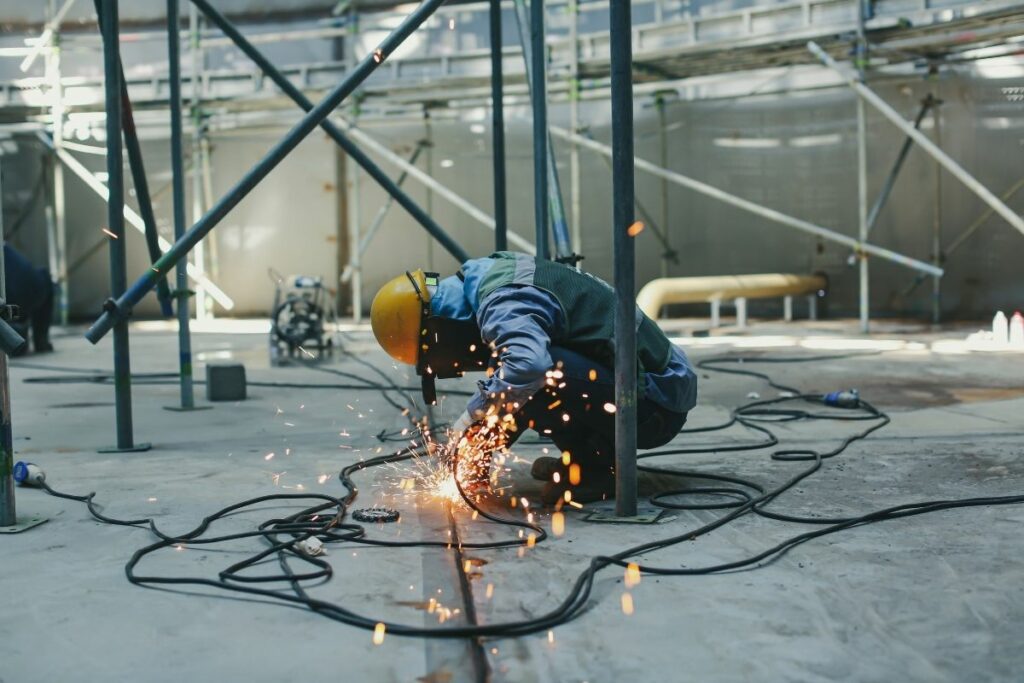
Welding has been a vital part of modern construction for over a hundred years and used in a wide variety of architectural projects, from skyscrapers to bridges to museums–only cementing one of the many reasons why welding is so important and needed in architecture.
Welding is important in architecture because it allows architects to create strong, durable, and aesthetically pleasing structures. It is a versatile and efficient method of joining metal, and it is relatively cost-effective. Here are some of the specific benefits of welding in architecture.
First, welded joints are incredibly strong and durable. This is because the welding process fuses the two pieces of metal together, creating a single, continuous piece of metal. This makes welded joints ideal for use in structural applications, where they must be able to withstand extreme loads and harsh conditions.
Second, welding is very versatile. It can be used to join a wide variety of metals, including steel, aluminum, and stainless steel. This makes it possible to create complex and innovative architectural designs that would not be possible with other methods of joining metal.
Third, welding is fast and efficient. This is important for large-scale construction projects, where time is often of the essence.
Finally, welding is a relatively cost-effective method of joining metal. This is because it requires less material and labor than other methods, such as riveting or bolting.
Constructed in 1931, welding technology was still in its early stages of development at the time. However, the engineers who designed the building recognised the potential of welding, and they used it to join the steel beams and columns that make up the building’s frame. It was one of the first major skyscrapers to be built using welding, and it was a marvel of engineering for its time.
Originally built using over 600,000 rivets, today the integrity and safety of this famous American landmark connecting San Francisco and Marin County are protected with the use of welding.
Known for its unique and innovative architectural design, the Bilbao Guggenheim Museum is a modern art museum in Spain. The museum was designed by Frank Gehry, and it features a complex curved titanium facade. The facade was made possible by welding, which allowed the architects to create the complex curves and shapes that they desired.
As one of the most iconic buildings in the world, the Sydney Opera House is made of a series of prefabricated concrete shells that are held together by welding.
Also known as the National Stadium, the Bird’s Nest is a stadium in Beijing, China that was built for the 2008 Summer Olympics. The stadium is made of a complex lattice of steel beams that are held together by welding.
A popular tourist destination, the Louvre Pyramid is a glass and metal pyramid located in the courtyard of the Louvre Museum in Paris, France. The pyramid was built in 1989, and made of a series of glass and metal panels that are held together by welding.
Located at 30 St. Mary Axe in London, England, the Gherkin is a skyscraper known for its distinctive twisted shape, which was made possible by welding.
Welding is an essential part of modern architecture. It allows architects to create strong, durable, and aesthetically pleasing structures. As you can see, welding is used in a wide variety of architectural projects, from skyscrapers to bridges to museums. It is an essential tool for architects who want to create innovative and exciting designs today and for the future.